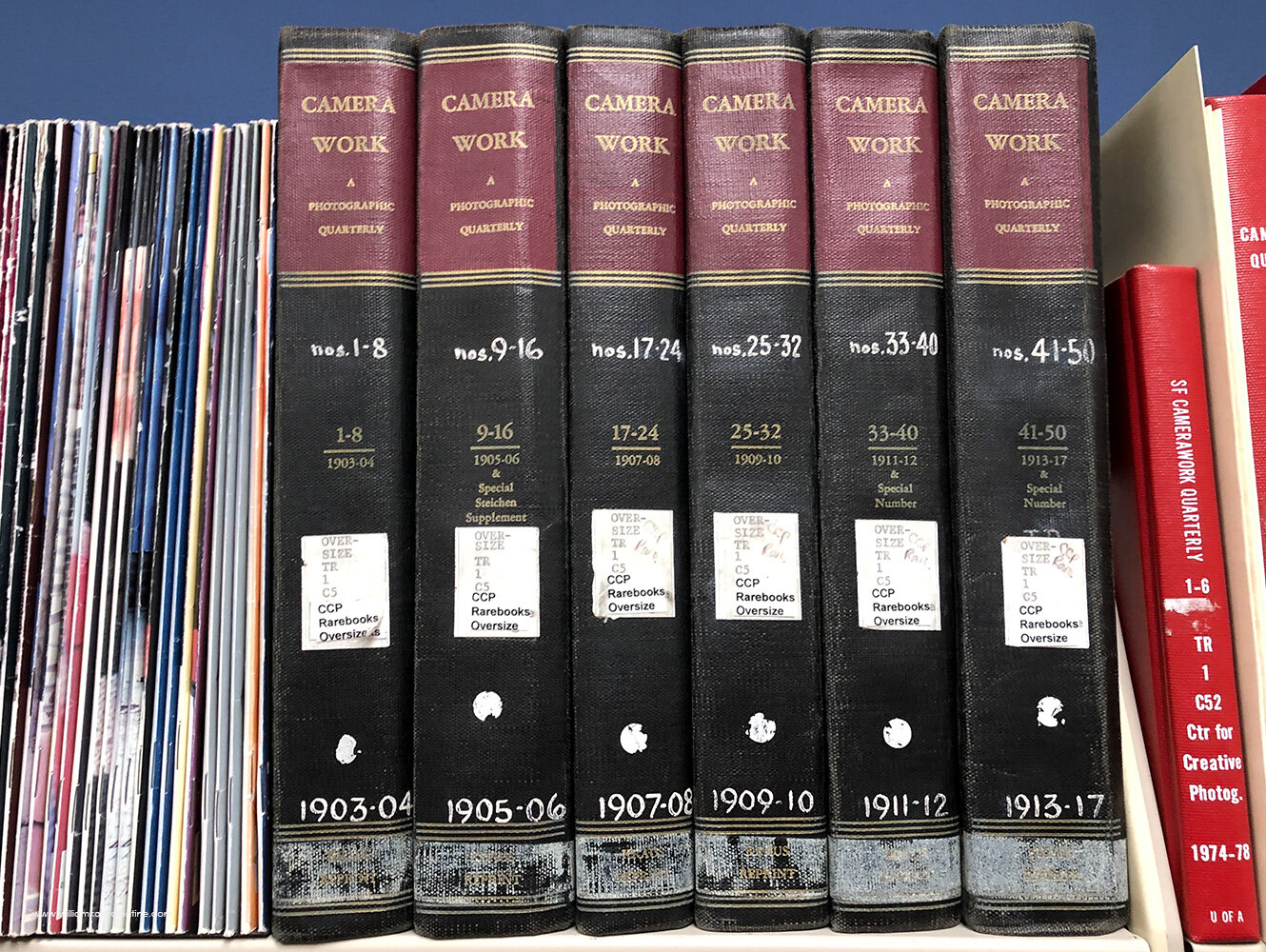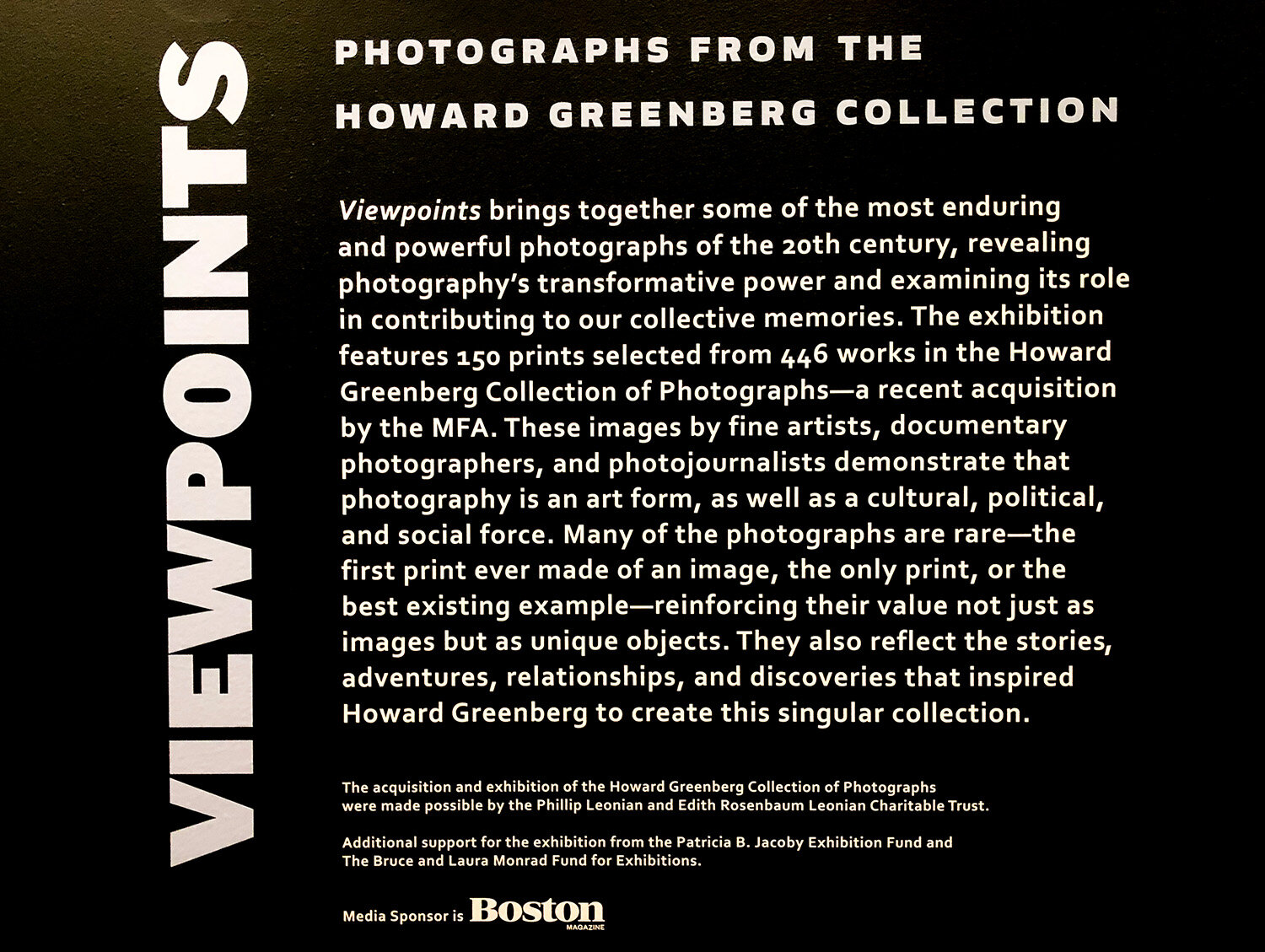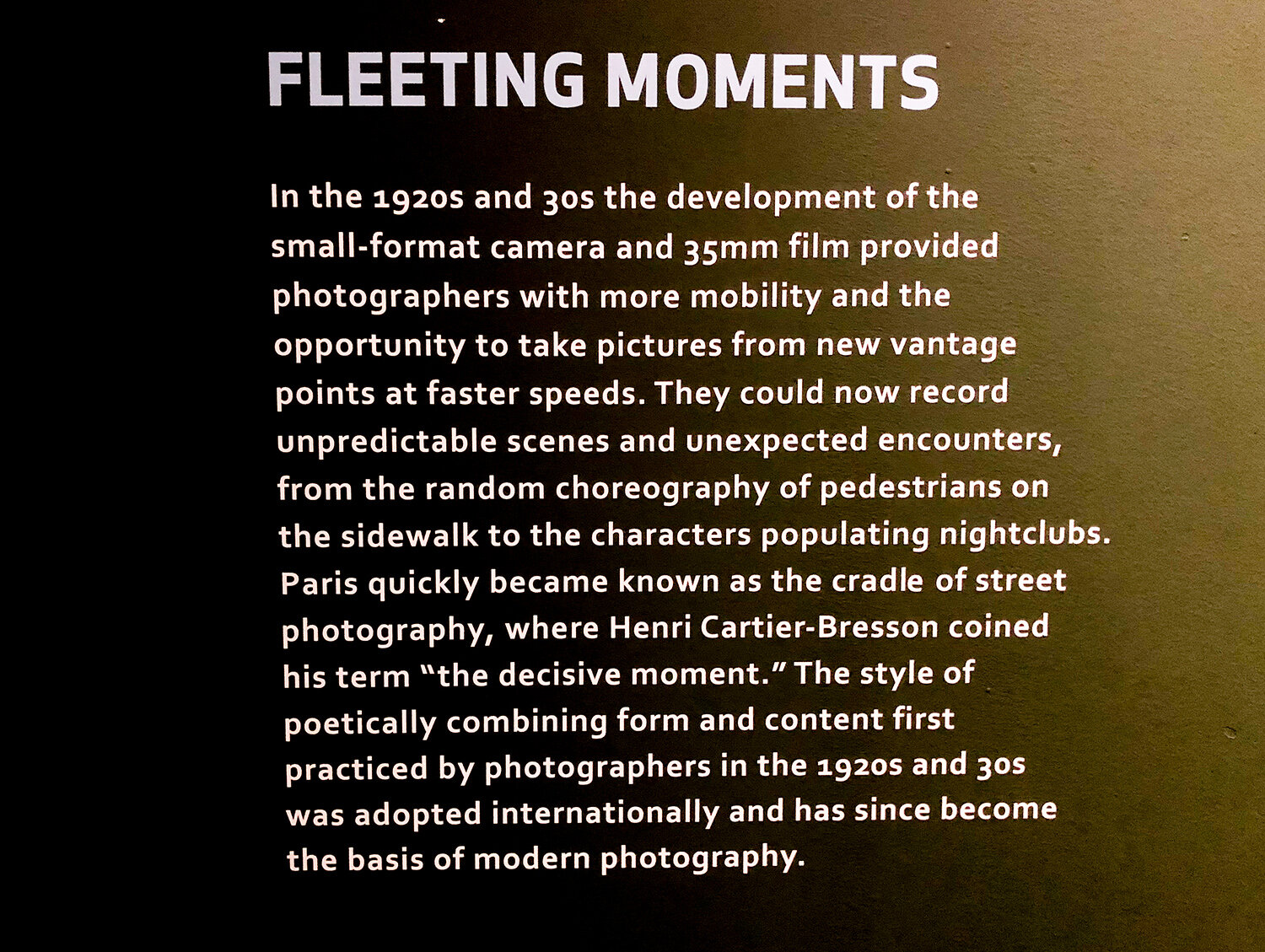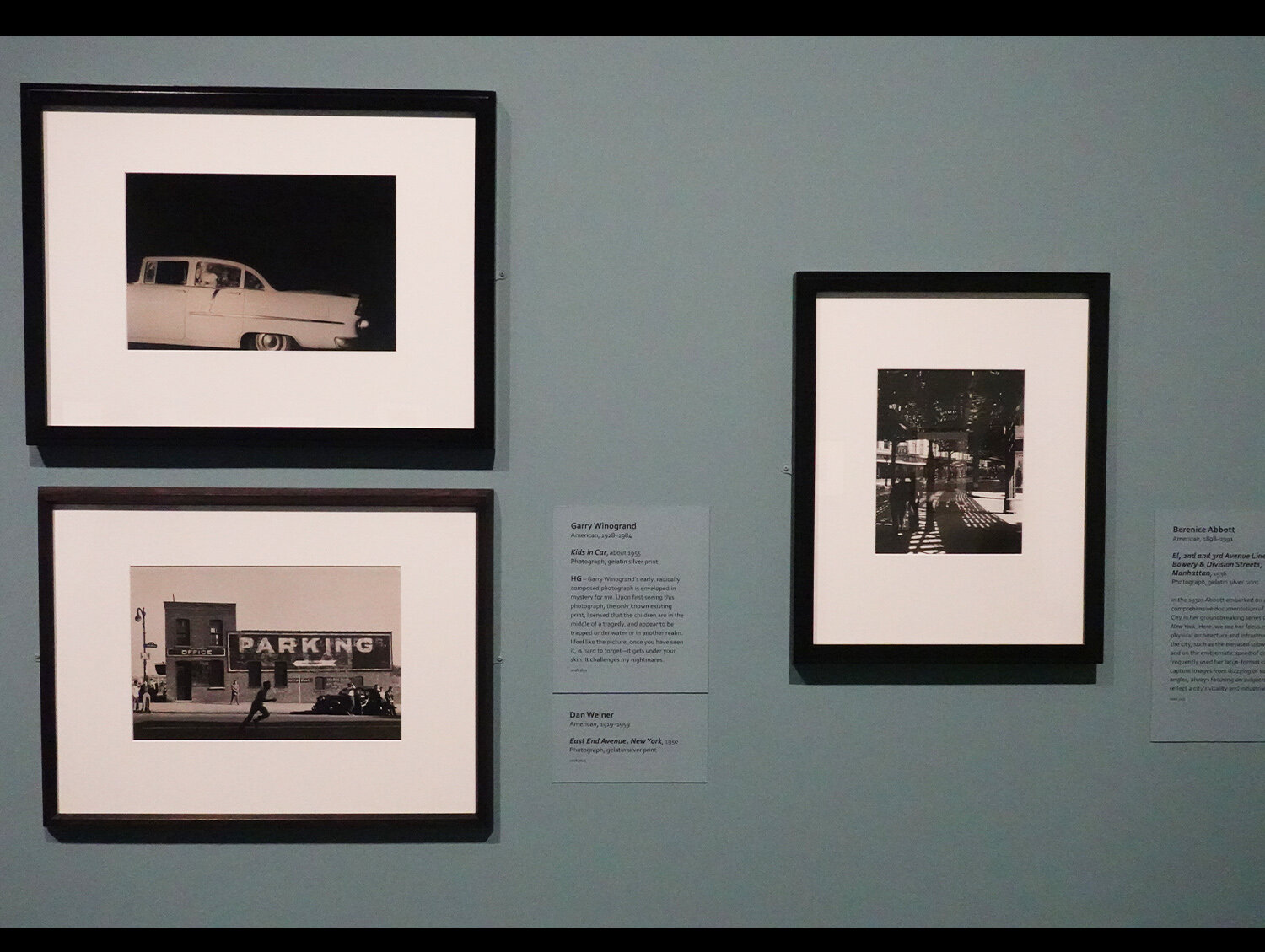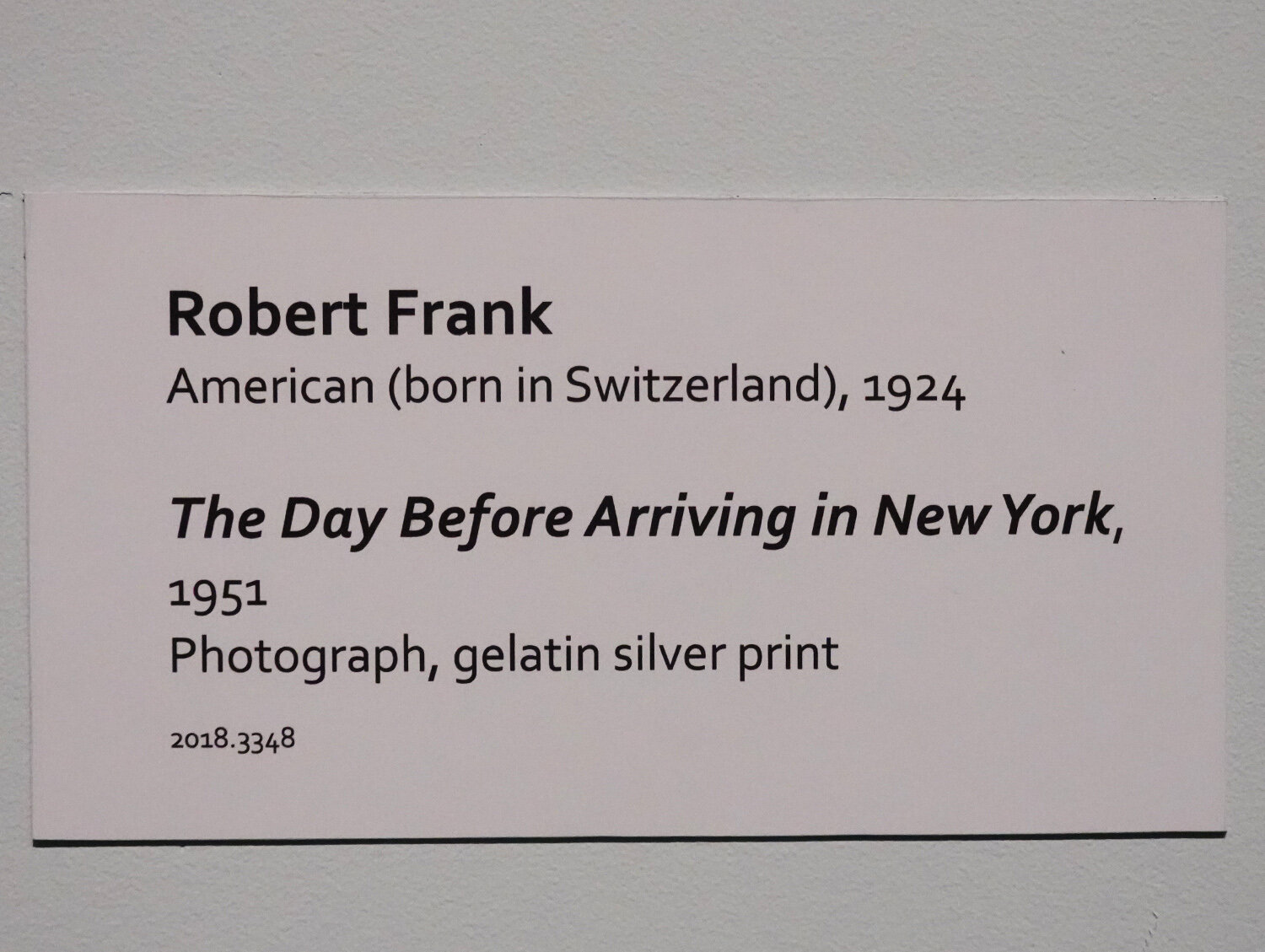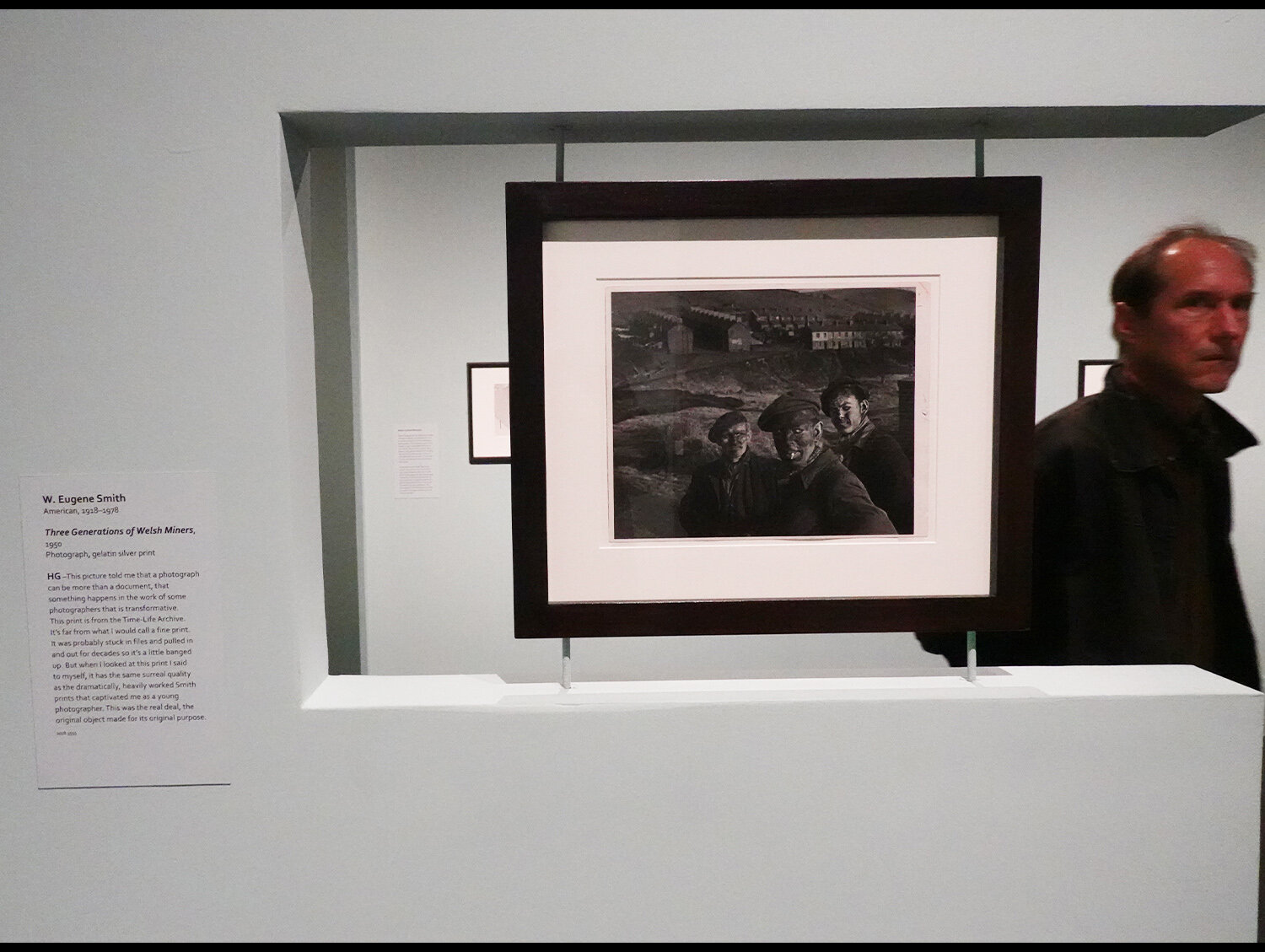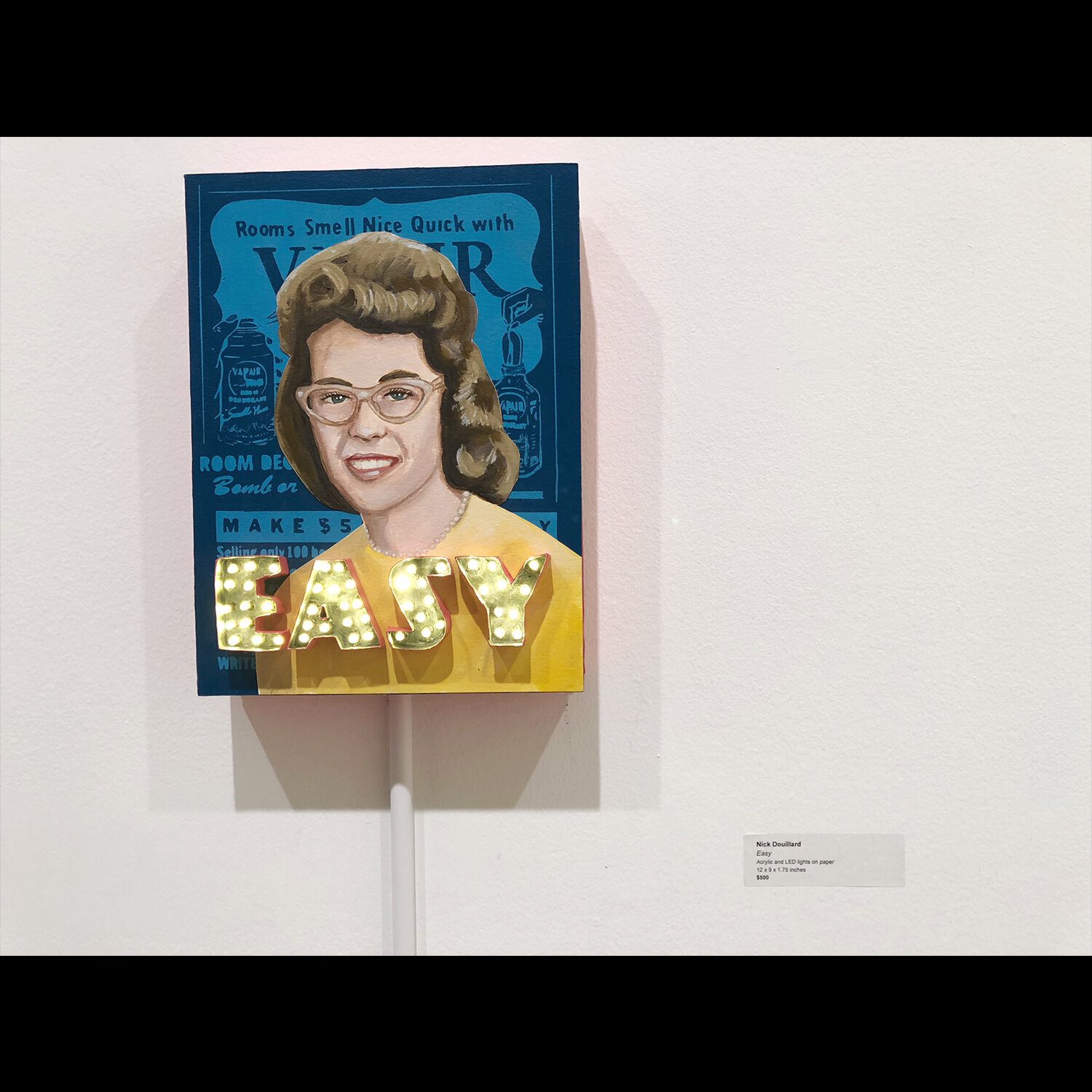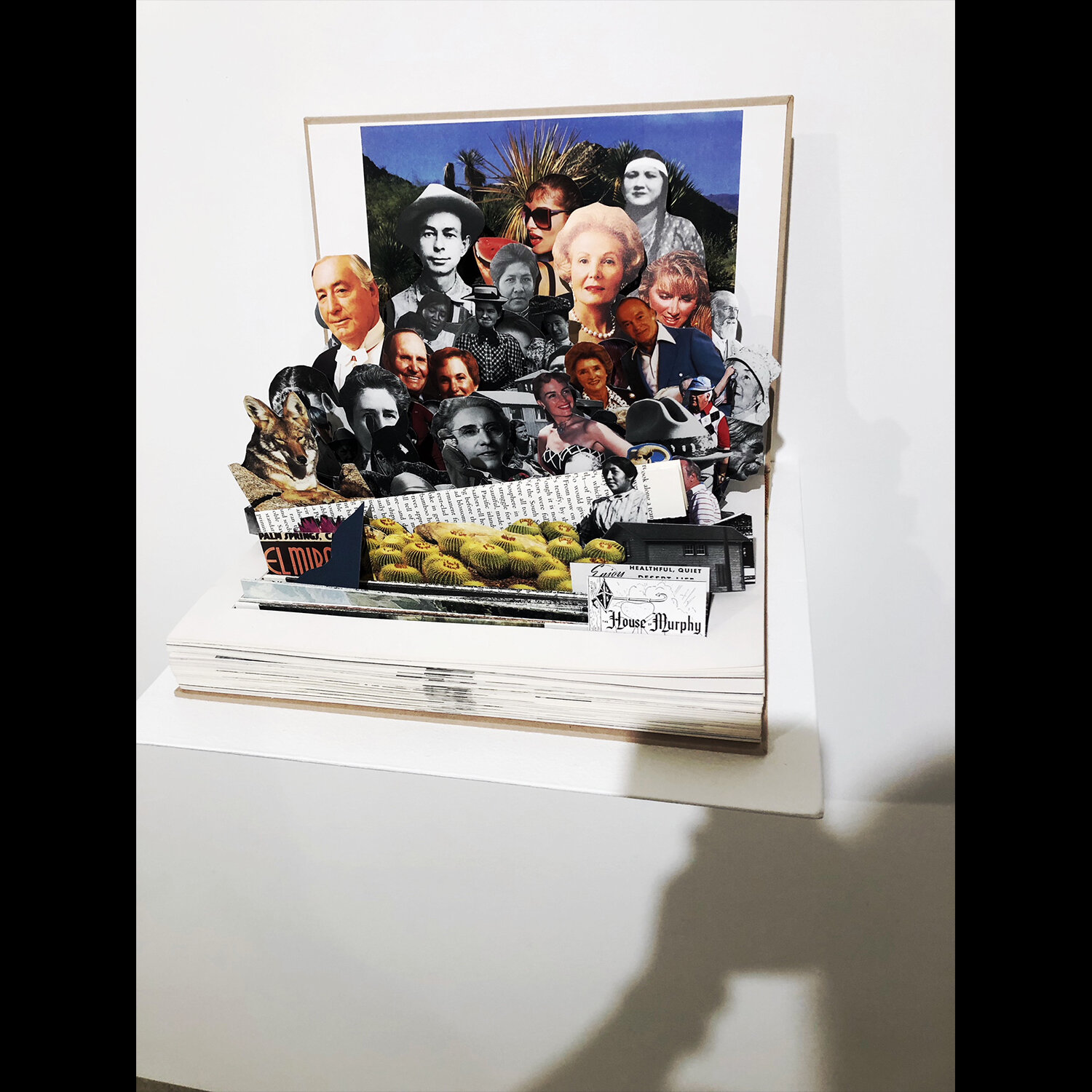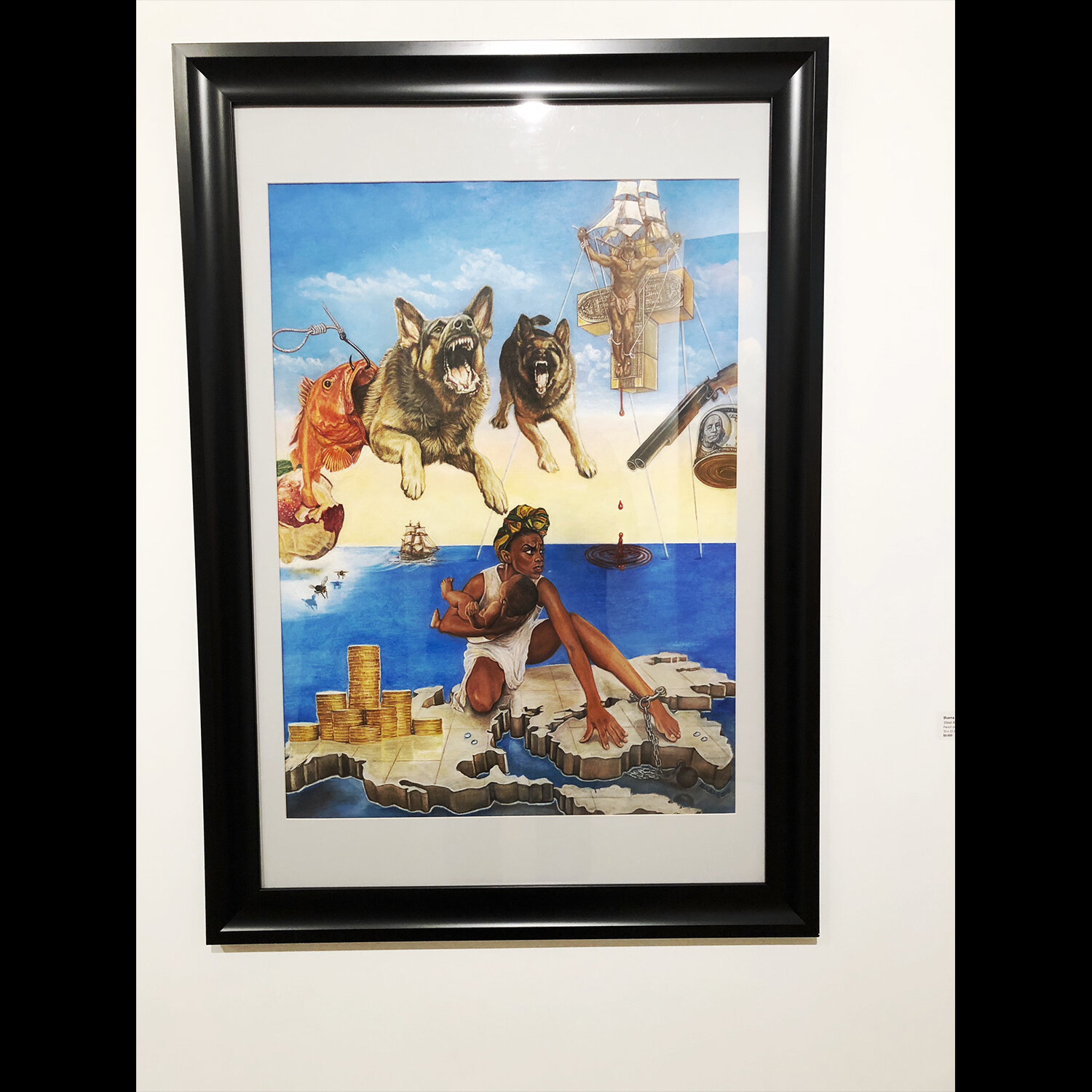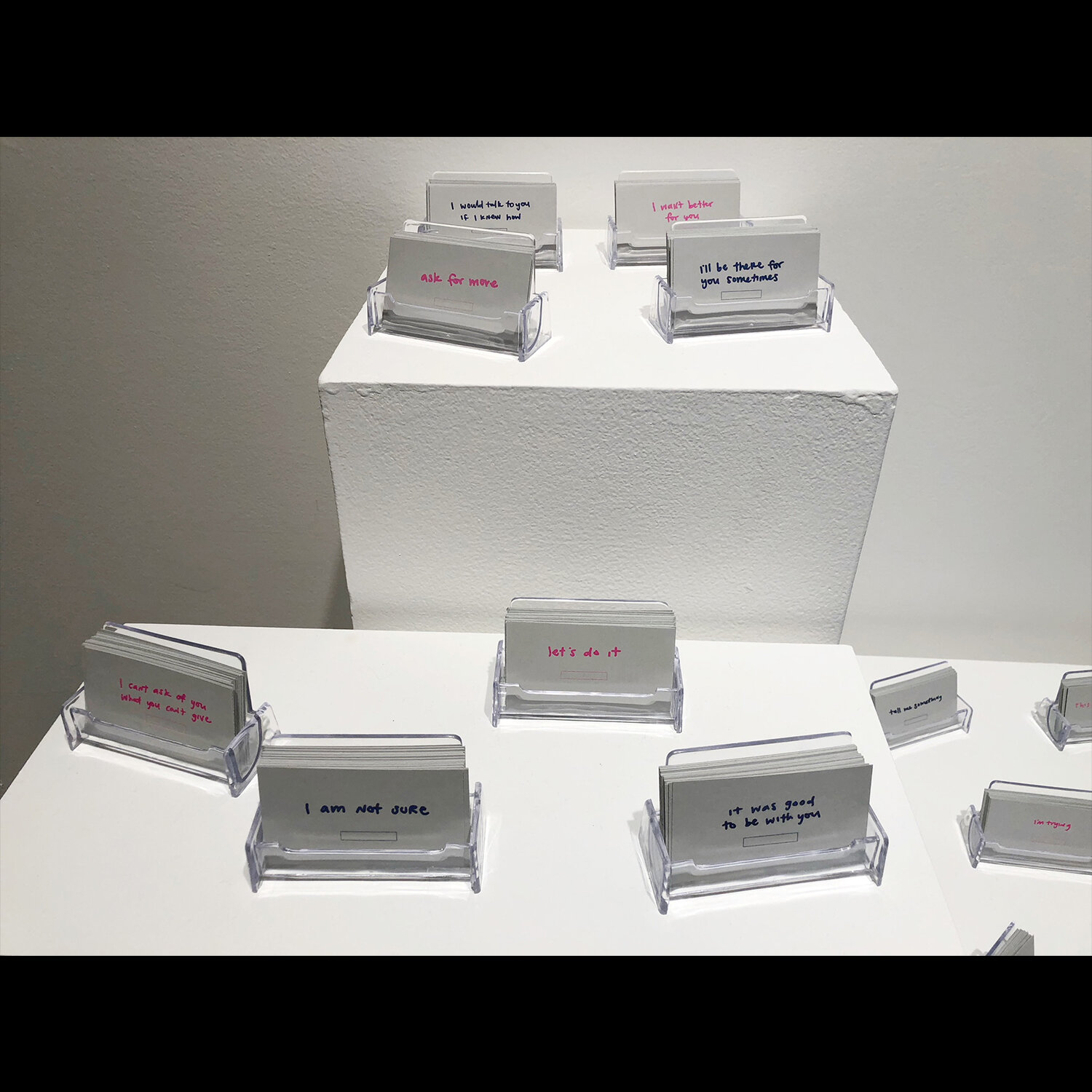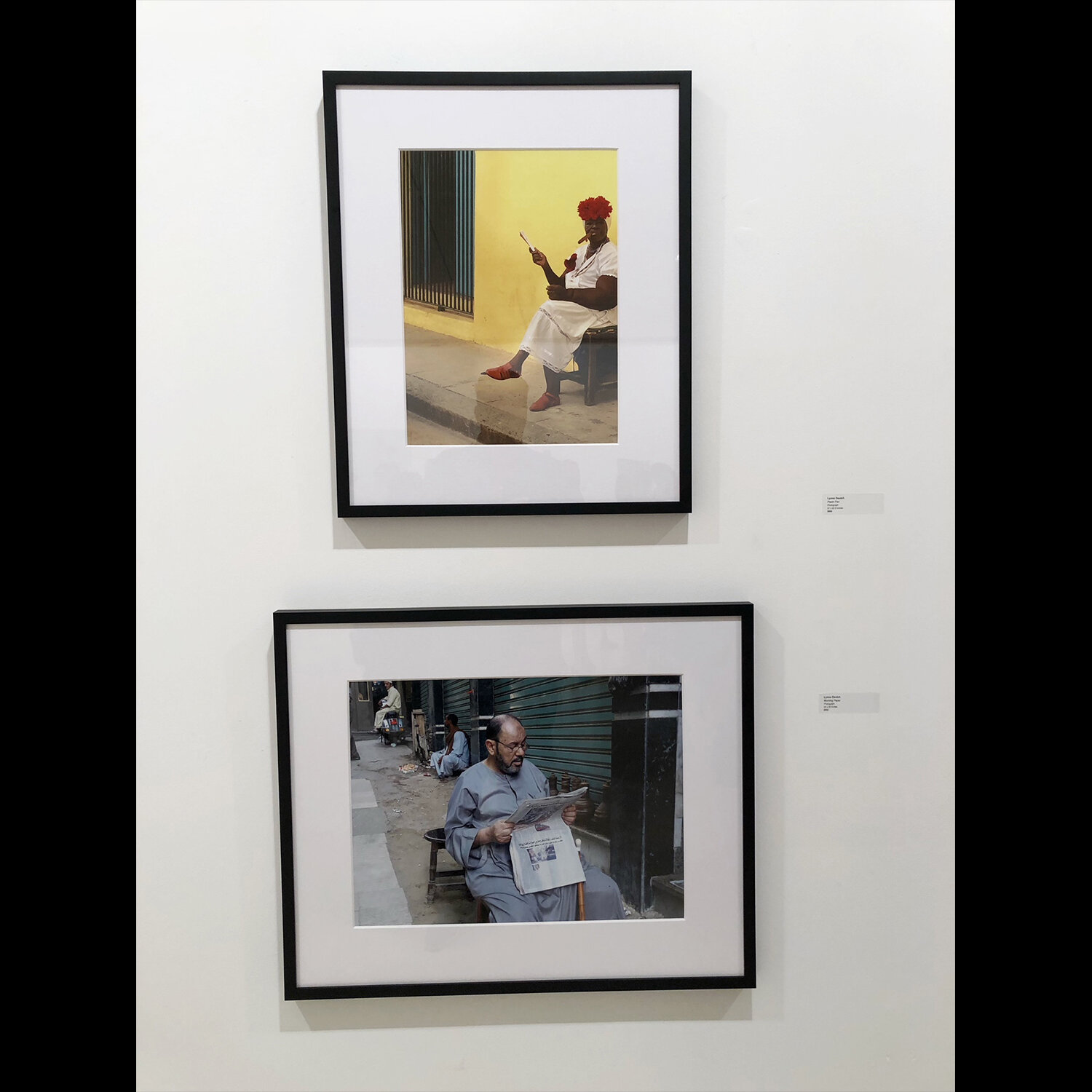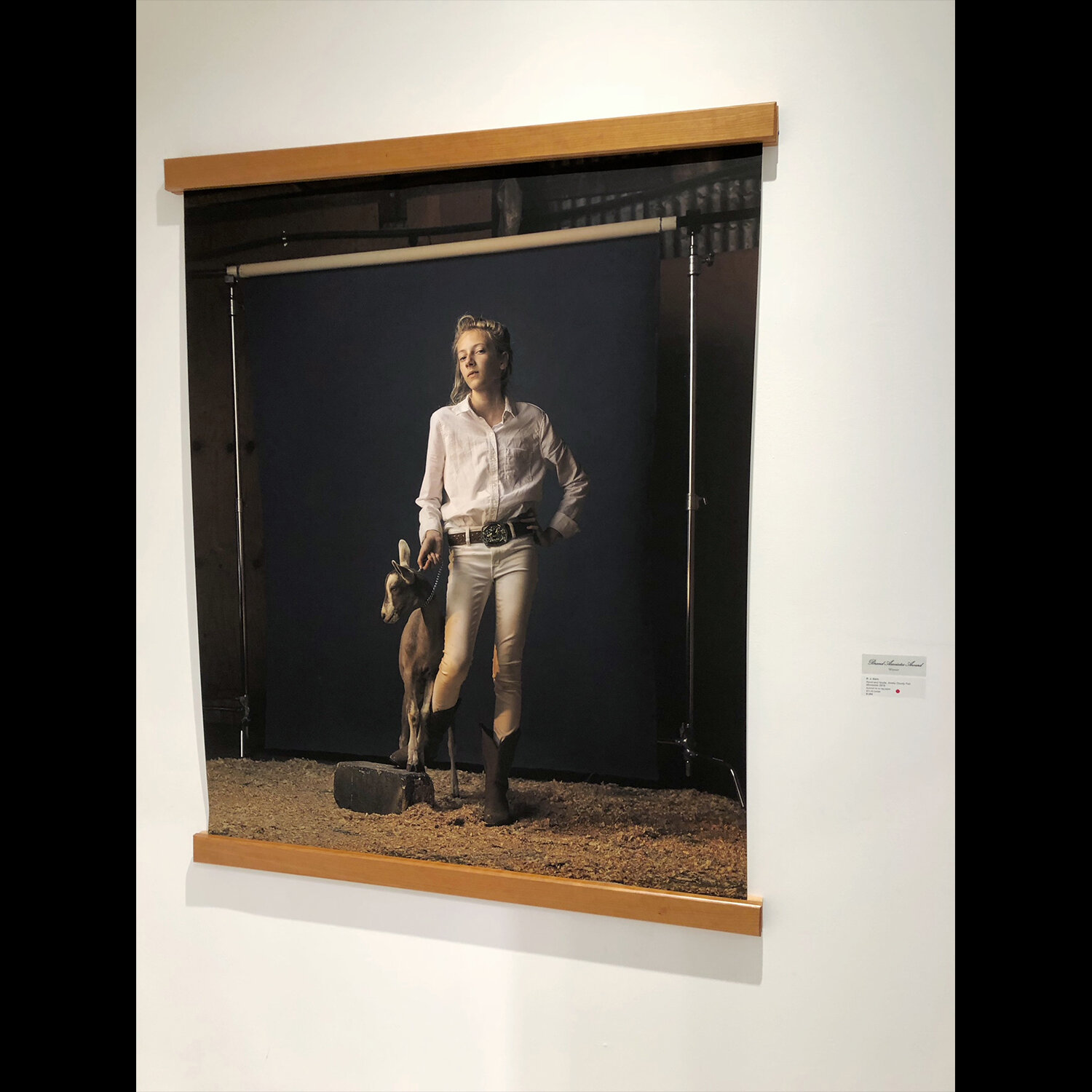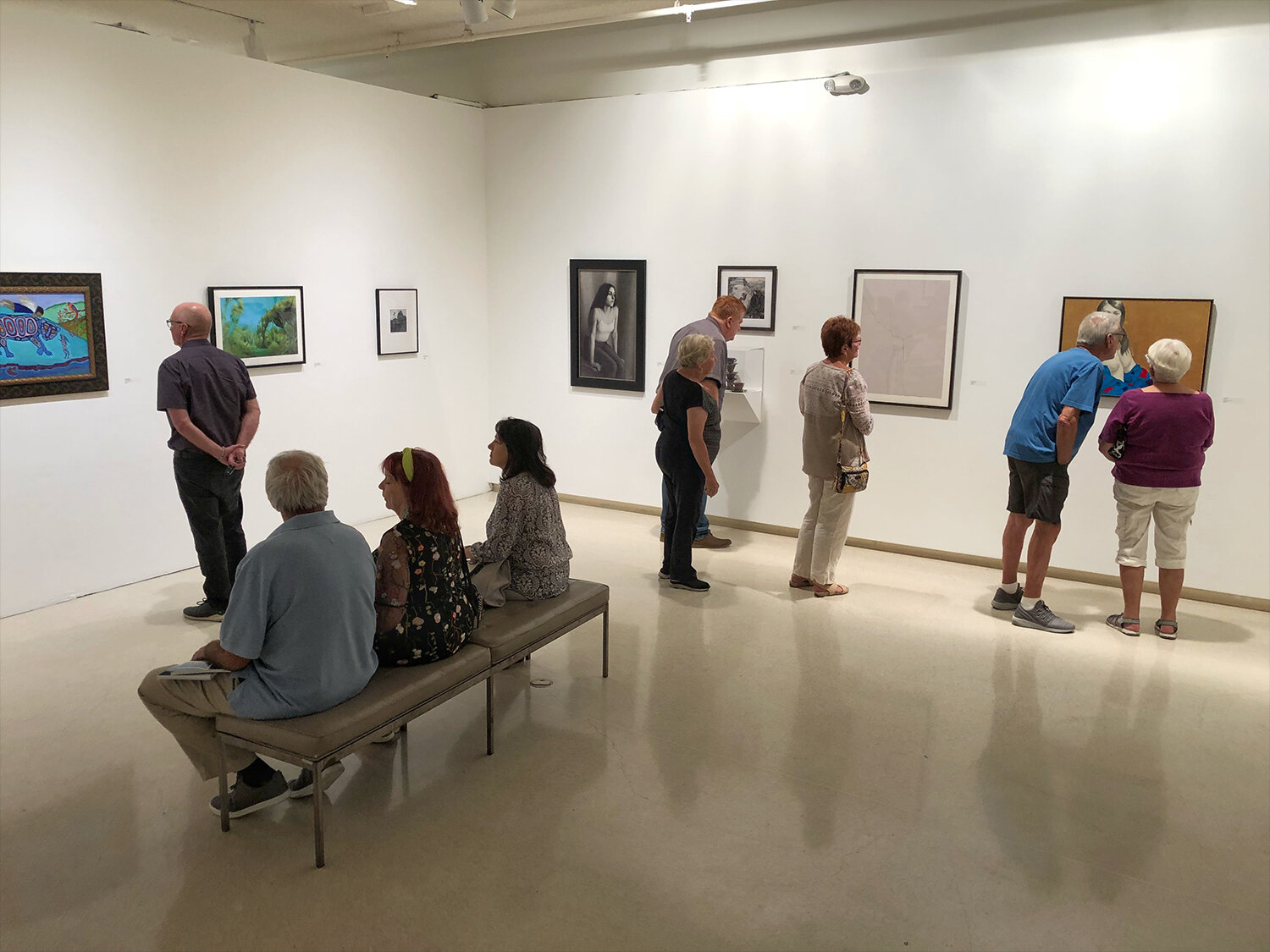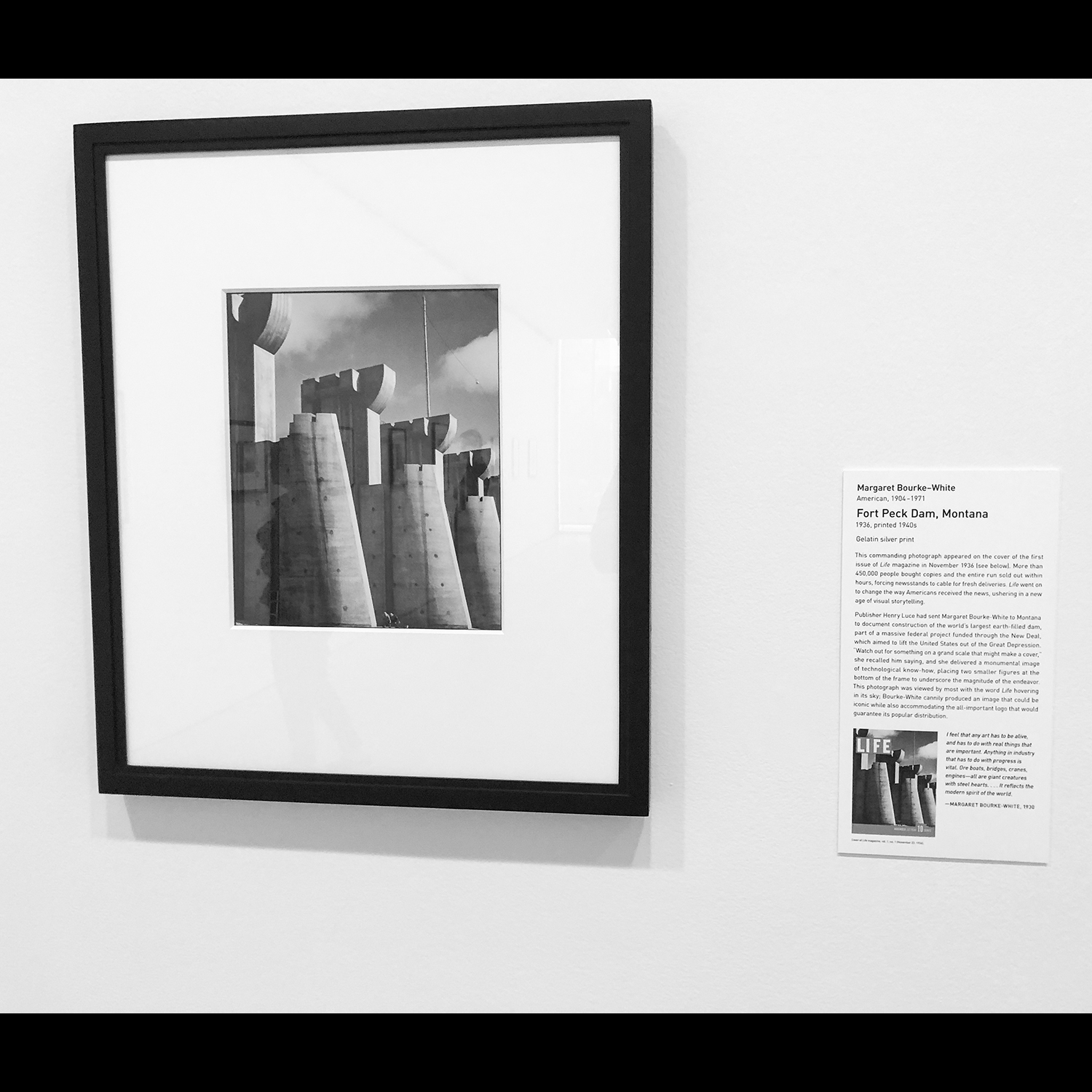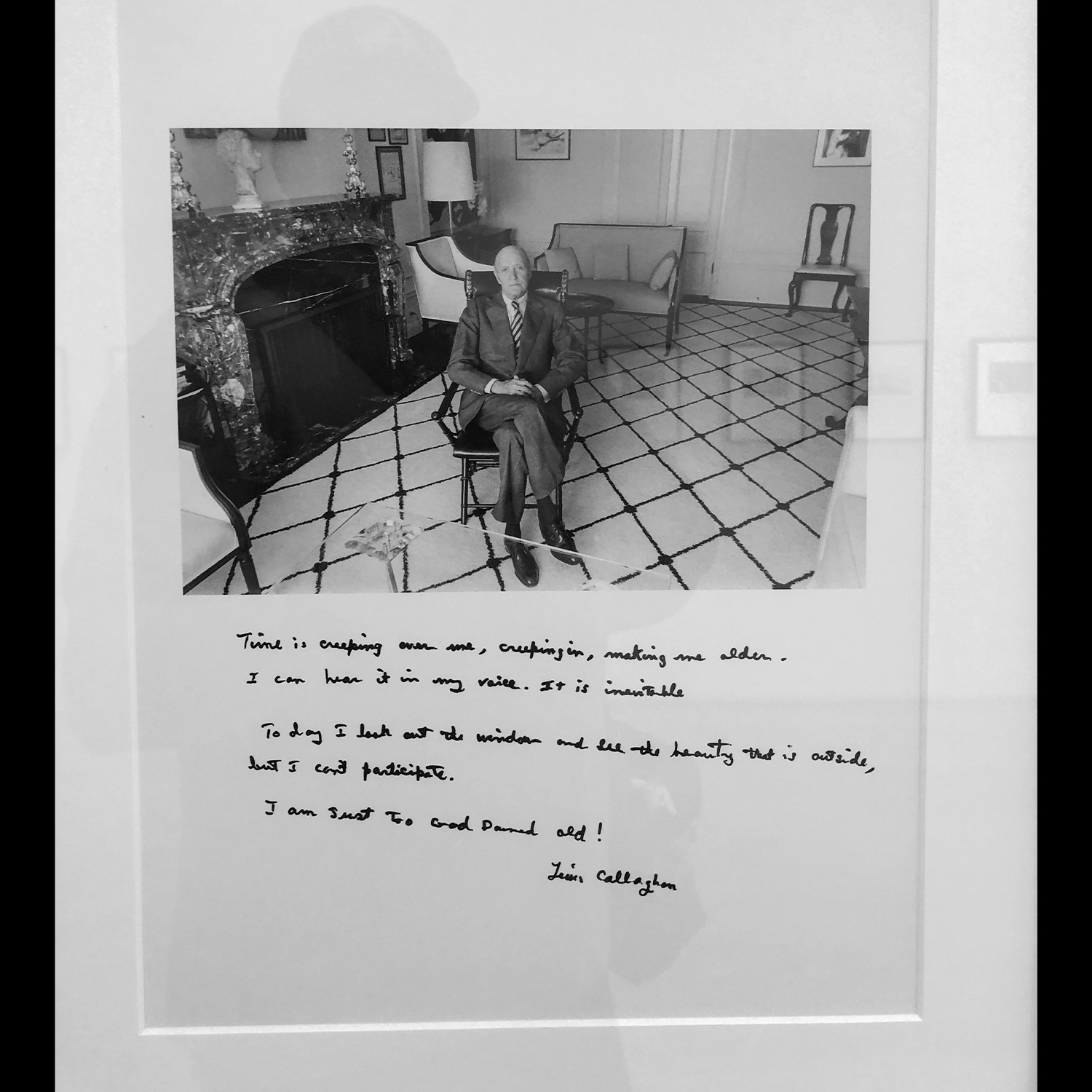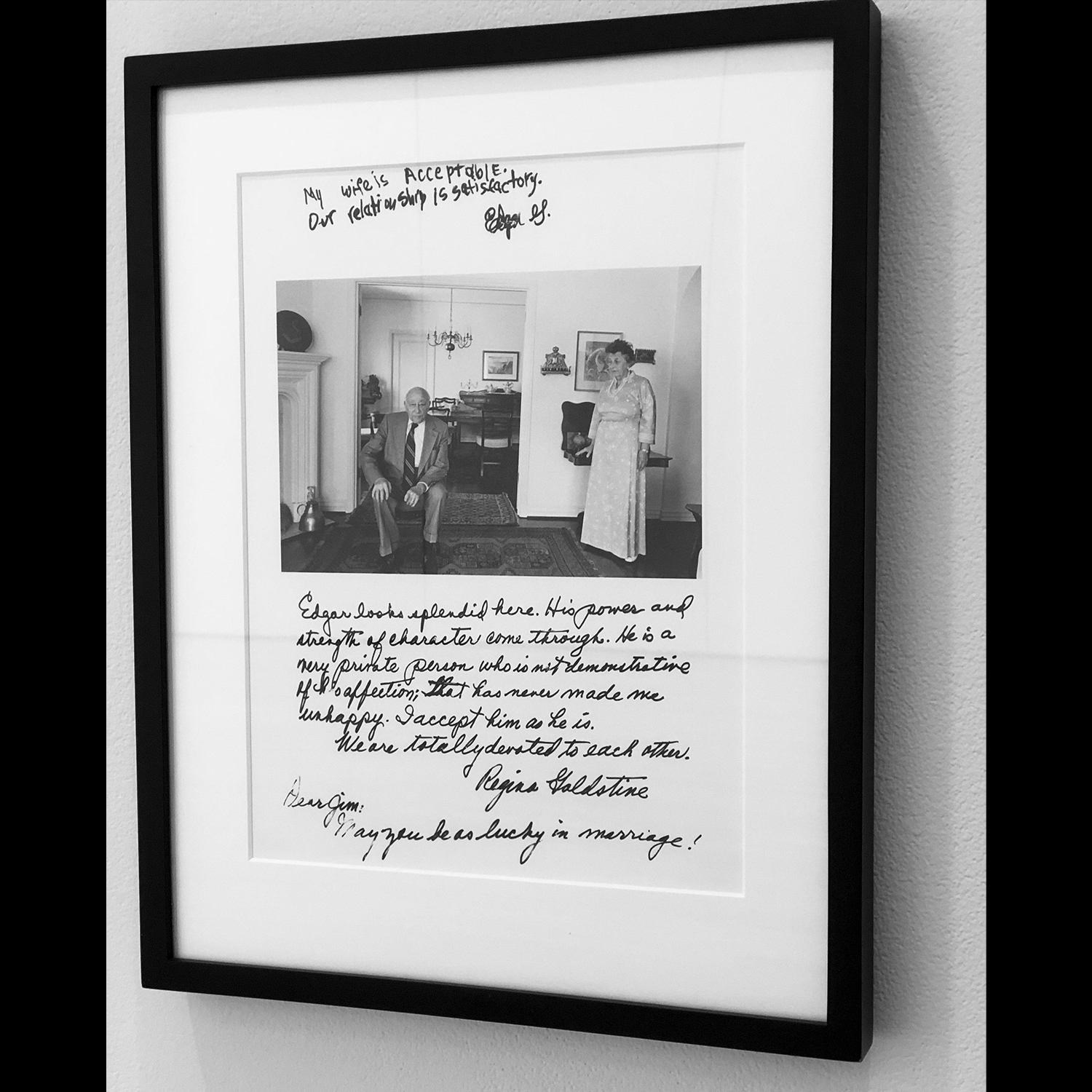While I was at the Legacies of Light Symposium in Tucson, the Etherton Gallery coordinated to have the opening of their current exhibition Land Re-Form on Saturday night after the symposium events were done. Land Re-Form features the work of Michael Berman, Frank Gohlke, and Mark Klett.
The best way to enjoy seeing the work in this exhibition on line is to follow the link above, Etherton’s website has so much outstanding content on their artists and their exhibitions.
Owner Terry Etherton has fantastic vision and has built a perfect gallery space in downtown Tucson. His roster of artists rivals the best galleries on either coast, and its also impressive that his gallery is now almost 40 years old.
I have long been familiar with the work of all three of these featured photographers, and Mark Klett was already at Arizona State University when I studied there so we know one another. All three produce beautiful prints and the design of the exhibition is a perfect pairing of their work.
Frank Gohlke’s Mount St. Helens prints.
I have long enjoyed Frank Gohlke’s work, his prints are so beautiful. I was glad I was able to spend time with him at the opening talking about his printing. Seeing great prints always motivates me to produce work, nothing like spending time seeing a perfect print. There is no one more gracious than Frank, I was lucky to be able to chat with him at the symposium too.
William Karl Valentine and Frank Gohlke - Etherton Gallery Opening - Tucson, Arizona 1/18/20
I also picked up two of Frank’s books at the opening, “Mount St. Helens” and “Landscape as Longing: Queens, New York” which he collaborated with Joel Sternfeld and Suketu Mehta.
Other work was also on display in the smaller rooms within the gallery. Just a fantastic variety of iconic images by masters and newer cutting edge work. If you are ever near Tucson, the Etherton Gallery is a must see.




















































































